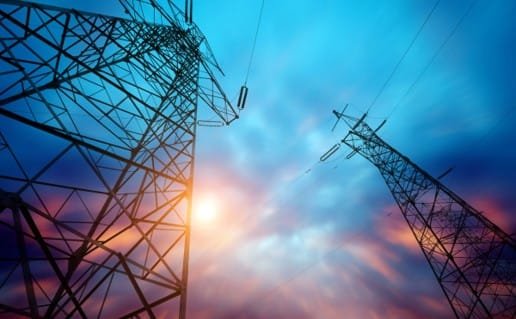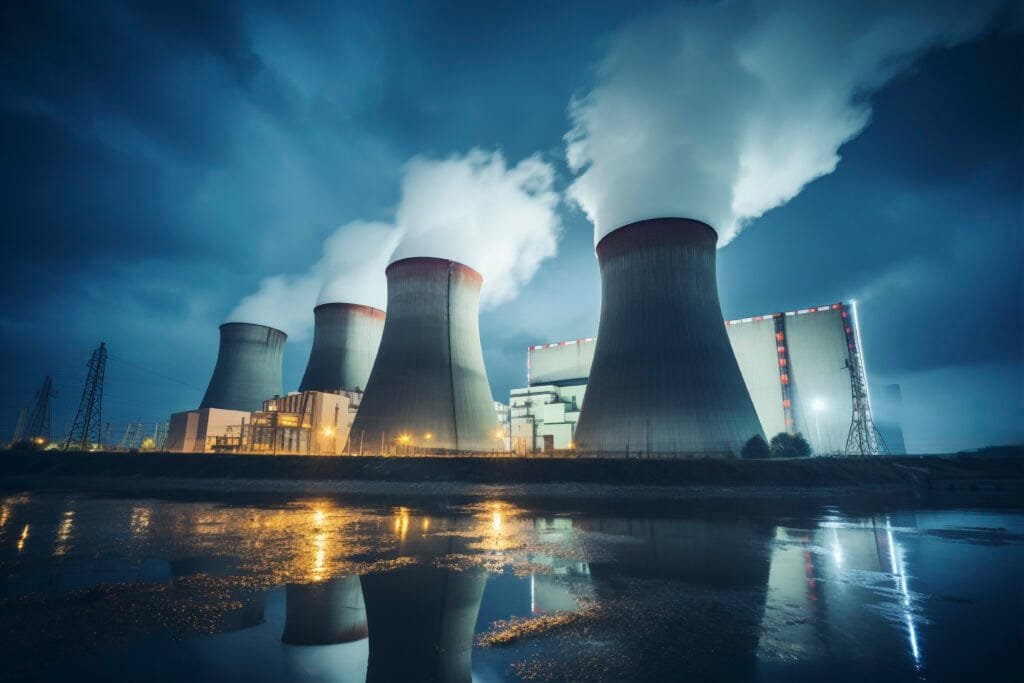Wide fluctuations in oil prices have played an important role in driving recessions and even regimes collapsing – which is why oil price movements are closely watched by economists, investors, and policymakers. Since 2008, oil prices have seen two cycles of highs and low, with no indication of a steady path in the near future. The historic high values of oil prices during 2010 – 13 and the following prolonged downturn during 2014 – 16 (the longest since the 1980s) suggest that the world economy is in unchartered territory. In recent months, oil prices have shown signs of a recovery, after touching a low of $26 per barrel in January 2016. While many forecasters are optimistic about the recent price rise and are predicting that the oil glut may be over, some are concerned that there is a lot of uncertainty surrounding the current rebound. The direct influence of the Organisation of Petroleum Exporting countries (OPEC) on oil prices has changed due to rising competition from US shale oil producers. Instead of defending price levels, OPEC has changed its strategy to defend market share rather than price, by producing more at low prices. This supply strategy has been a critical factor in the current oil price trajectory. On the other hand, uncertainty in global demand poses downside risks to oil prices. While oil prices are expected to rebound to $58 per barrel in the next couple of years, they are unlikely to reach the previous high of $100 per barrel anytime soon.
This report examines the challenges, interventions and outlook within the energy sector in two African economies, Ghana and Nigeria, amidst the current undulating nature of global oil prices.
GHANA
The country, a bastion of democracy on the African continent had a successfully free and fair election in December 2016, with the incumbent losing miserably to the opposing candidate, Nana Addo Dankwa Akufo Addo. The new President sworn in on January 7 2017, comes into office with high expectations amongst citizens largely arising from the poor economic performance of the previous government coupled with the audacious promises made to totally revamp the economy. The country experienced severe power crisis for the large part of ex-President John Mahama’s tenure. The power crisis compounded by higher tariffs crippled the private sector and industry, leading to retrenchments across the country. It seems the load shedding may resume in the first months of 2017. It is been estimated that the country may experience up to 700 megawatts of power shortage arising as a result of several factors. Government’s failure to pay outstanding debts in excess of $160 million to Nigeria Gas resulted in gas supply being cut in June 2016, and this may not resume anytime soon. This may be compounded by the projection that gas supply from Jubilee field will also stop as the FPSO is expected to shut down for repairs for a period between three to six months. Asogli and AMERI plants may not be able to generate enough power. Temporary stability in power supply which has been anchored on imports from Cote d’Ivoire of an average of 160 megawatts, mainly hydro power, may not be available when the dry season sets in. The over drafting of the Akosombo dam in spite of the low water level, all paint a gloomy picture ahead.
Other challenges exist within the Power sector. The incestuous debt relations between the State utilities still persist, posing a threat to the financial and operational health of these institutions. Government is unfortunately the largest debtor to these utilities, making the retrieval of these funds more difficult.
The Millennium Challenge Corporation backed second compact despite entering into in 2016 has been faced with several impediments. The Millennium Development Authority has come under several criticisms principally from staff of ECG and Public Utilities Worker Union (PUWU) in general. These workers contend that there are other viable alternatives, and also caution of higher tariffs for consumers and potential retrenchment. Their opposition culminated in a number of industrial actions in a bid to compel government to rescind its decision.
The new government has promised to end the power crisis through government liquidity injection, restructuring of debts and securing of firm commitments for the reliable supply of fuel. Also, in order to provide immediate relief to industry and households, taxes on electricity tariffs will be reduced. To achieve a least – cost addition of power generation infrastructure, it promises to ensure that the procurement of new power projects are executed primarily through Public Private Partnerships (PPP) and Independent Power Producer arrangements, which will be carried out in a transparent and competitive manner. Finally, it intends to develop and implement an Energy Sector Financial Restructuring and Recovery Plan, incorporating, a liquidity management mechanism for the state utilities and the Bulk Distributing companies.
New revenue streams
The coming on-stream of the TEN fields is expected to drive economic growth in Ghana through the marketing of our crude oil and boosting gas supply to generate power for industrial and domestic use. TEN has the potential to significantly increase government petroleum revenues, though the global price of oil will influence how high these revenues are. The Sankofa – Gye Nyame field is on track to deliver first oil in August 2017 and first gas in February 2018 to augment thermal power generation that will ensure sustainable electricity production. However, it is imperative that these revenues are managed efficiently for the benefit of Ghanaians. The main accusation against the outgoing government was the thin distribution of petroleum revenues across several projects, culminating in cost and time overruns.
The new government has promised to review and further amend the Petroleum Revenue Management Act 2011 (Act 815) to support investment of revenue from oil in high – impact strategic social and economic infrastructure. It will also primarily allocate revenue from oil to infrastructure, health, education and agriculture.
NIGERIA
There were high hopes, great expectations and belief that the second coming of President Muhammadu Buhari would bring good tidings to Nigerians. Nigerians were expecting to see a country where Naira is at par with the dollar, while petrol would sell at not more than N40/litre, as promised.
Dashed hopes in Power sector
The promise to end the power and petroleum products availability crises in the country have been dashed, as situations in the energy sector are considerably worse than before.
Power cuts are destroying economic activity and affecting quality of life; high electricity bills despite power cuts; low supply of gas to power plants due to vandalisation by terrorists; and obsolete power distribution equipment such as transformers. Other challenges include power fluctuations damaging manufacturing equipment and household appliances, and low voltage which cannot run industrial machinery. Despite privatization of the Power sector, Nigeria’s power generation is around 4,600 megawatts. President Buhari during his campaigns, promised to pursue and expand electricity generation and distribution of up to 40,000 megawatts in four to eight years. He even set a target of adding 2,000 megawatts by end of 2016. Unfortunately, Nigeria reached a peak generation of 4,800 megawatts, which was in 2015. In March 2016, power generation collapsed completely and for three hours no part of the country was supplied from the national grid. Currently, only one new plant is under construction, the Azura thermal power station, which is an independent power plant, and will add 450 megawatts in its first phase.
Economic crisis
Painting a bleak picture of the economy, Bloomberg magazine reported that Nigeria is heading for a full blown economic crisis due to lower oil prices and the government’s foreign exchange, and price control policies. The country is currently facing its worst economic crisis in more than 20 years, driven by a contraction in the oil sector, which is the country’s largest source of revenue.
The International Monetary Fund (IMF) has cut its 2017 economic growth forecast for Nigeria. The IMF projects that Nigeria’s economy would contract by 1.7 percent and expand 0.7 percent in 2017, less than the 1.1 it had earlier predicted. Contrarily, analysts at both Standard Chartered Bank and Moody’s have predicted a bright economic outlook for 2017 as they predicted that Nigeria’s economy would rebound from its current recession and record growth in 2017, despite the challenges posed by weaker oil earnings and foreign exchange.
The clarion call to diversify an economy, to significantly reduce its dependence on oil cannot be truer for these two economies. It is high time the new governments look at other lucrative and productive sectors that provide a comparative or competitive advantage.









